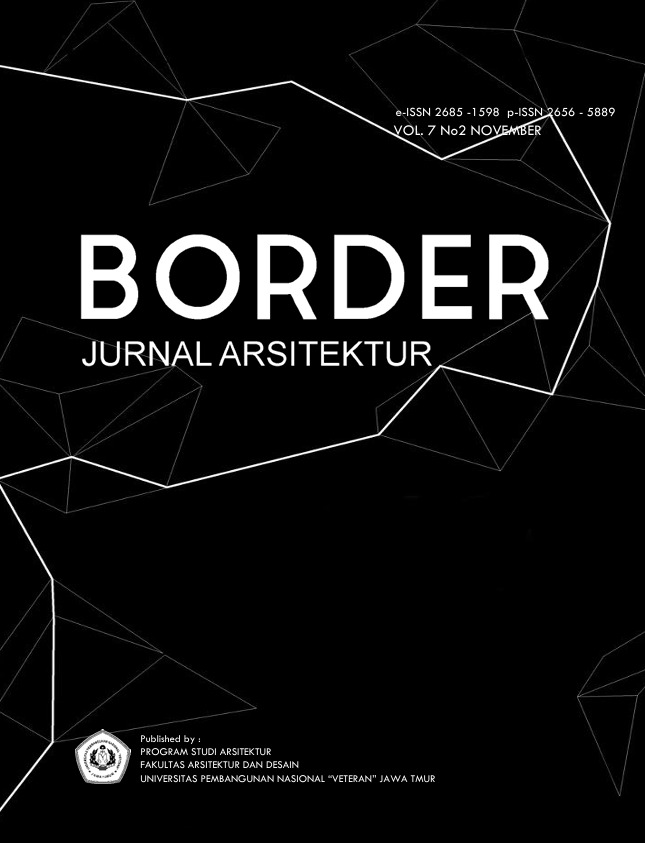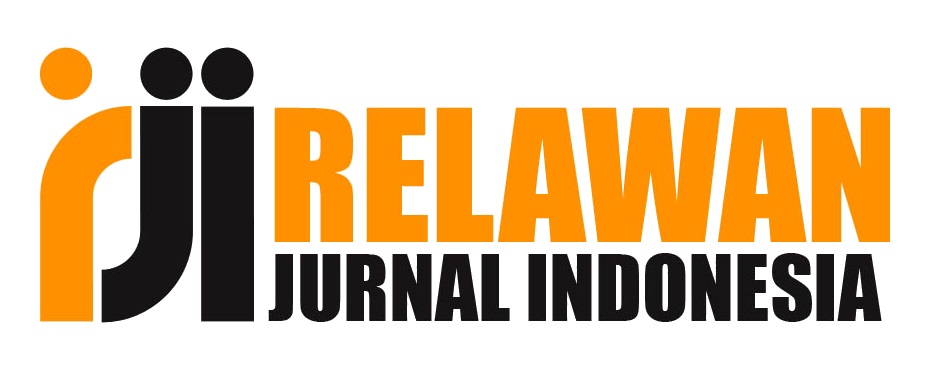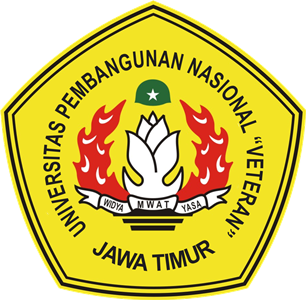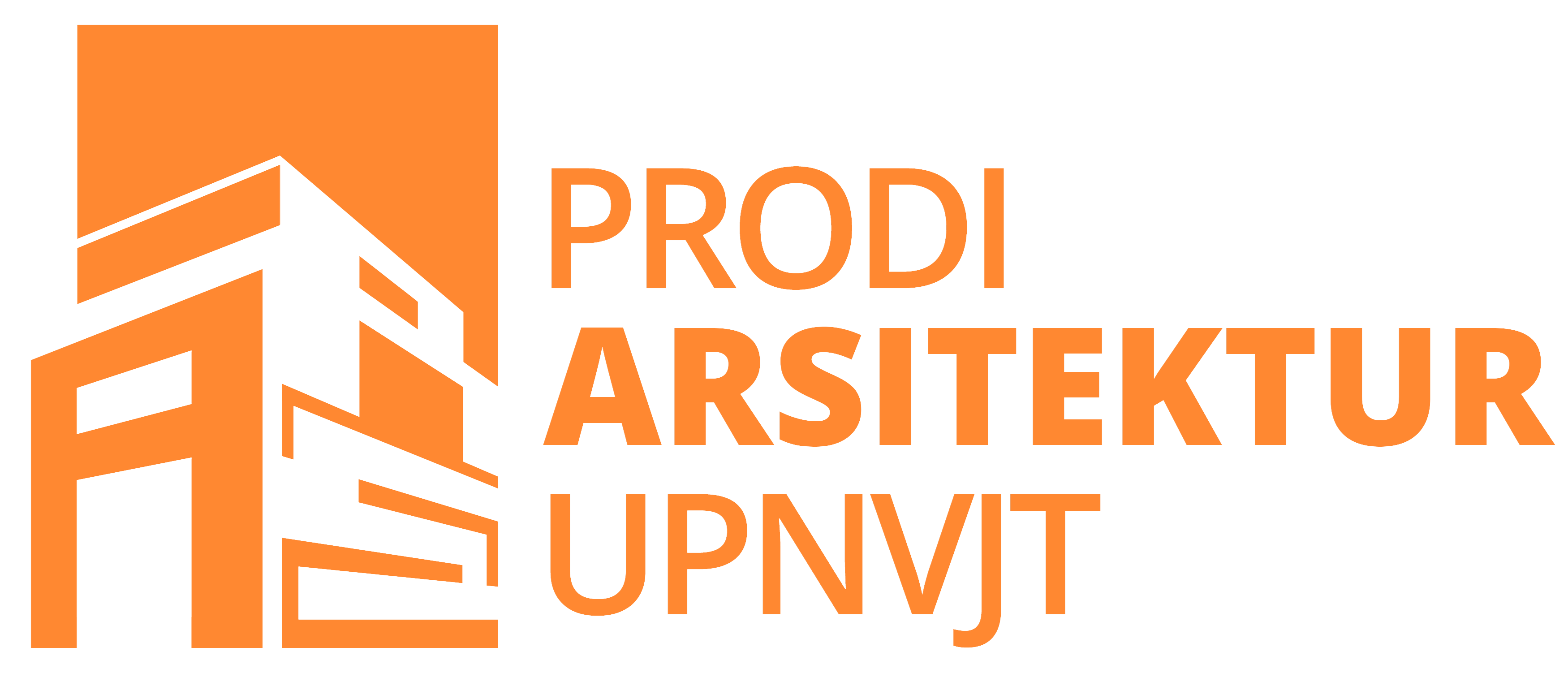INTEGRATING GREEN BUILDING PRINCIPLES AND ISLAMIC JURISPRUDENCE (FIQH) IN ABLUTION WASTEWATER REUSE FOR URBAN MOSQUES IN INDONESIA
DOI:
https://doi.org/10.33005/border.v7i2.1299Keywords:
Ablution wastewater, mosque, green building, Indonesian green building rating system, greywater reuse, Islamic jurisprudence (Fiqh)Abstract
In Indonesia, which is the most populous Muslim-majority country in the world, there is currently a shortage of water sources and mosques are considered as one of the public building that produce water waste the most because of the ablution (wudhu) activities. A medium-sized mosque, for instance, consumes water between 3,000 and 3,500 liters daily. Therefore, this study is aimed at incorporating green building and fiqh in the reuse of ablution wastewater. Using a qualitative-descriptive method, this study investigates the water use behavior, technology of water taps, and treatment feasibility for the study of mosque typologies. Wastewater from ablution is considered light greywater and is in a safe range of pollutants (TSS 0 mg/L, BOD 2.3 mg/L, COD 7.4 mg/L, pH 8.4) which meets the requirements of class I clean water. Multi-stage sedimentation, sand-zeolite, activated carbon, and UV filtration can minimize the demand on clean water by 40-60%. The fiqh principle of reuse, assuming that water’s fundamental properties and volume (over two qullah or ~270 L) do not change, is pertinent here. The combination of these techniques confirms that ablution water reuse satisfies the green building water-efficiency objectives while also manifesting the Islamic principles of cleanliness (taharah) and moderation (wasatiyyah).
Downloads
References
Ad-Dimyathi, M.S. (1298) Kitab I‘anah at-Thalibin. 1st edn.
Afiatun, E., Wahyuni, S. and Harto, J. (2022) ‘Study of Potential Utilization of Recycling Ablution Used Water, Case Study at Ulul Albaab Mosque, Universitas Pasundan, Bandung, Indonesia’, Journal of Community Based Environmental Engineering and Management, 6(2). Available at: https://doi.org/https://doi.org/10.23969/jcbeem.v6i2.6150.
Ahmad (887) ‘Larangan Boros Air’. Available at: https://muhamadbasuki.web.id/kitab/hadis/sunan-ibnu-majah/no/425#gsc.tab=0.
Al-Qur’an: Surah Al-Ma’idah Ayat 6 (2019). Jakarta. Available at: https://quran.nu.or.id/.
Ameer, S. et al. (2025) ‘A systematic literature review on potential of ablution greywater reuse: current insights, challenges, and future prospects’, Applied Water Science, 15(7), p. 173. Available at: https://doi.org/10.1007/s13201-025-02488-0.
Cahyaningrum, Ema, Suci, R.Y. and Cahyaningrum, Emi (2020) ‘RABANI ( Reaktor Baru Wudhu Masa Kini) : Sistem Daur Ulang Air Wudhu yang Syar’i Berbasis Neo’, Jurnal Dinamika, 1(1). Available at: https://doi.org/10.18326/dinamika.v1i1.54-64.
Daud, A. et al. (no date) ‘Hadist Nabi’.
Firmansyah, M.V. et al. (2024) ‘Concept And Meaning Of Baiturrahman Grand Mosque Building Semarang As A Green Place Of Worship And Sustainable’, Border Jurnal Arsitektur, 6(2), pp. 119–132. Available at: https://doi.org/10.33005/border.v6i2.777.
GBCI Indonesia (2016) ‘GREENSHIP Rating Tools Existing Building’, in GREENSHIP Rating Tools. 1.1. Indonesia. Available at: https://gbcindonesia.org/files/resource/41209249-29c0-482a-ae95-7f34e0533e9a/RINGKASAN EB 1.1.pdf.
GBCI Indonesia (2021) ‘GREENSHIP Rating Tools New Building’, in GREENSHIP Rating Tools (revised edition). Jakarta: GBC Indonesia.
Hadisantoso, E.P. et al. (2018) ‘Pengolahan Limbah Air Wudhu Wanita dengan Metode Aerasi dan Adsorpsi Menggunakan Karbon Aktif’, al-Kimiya, 5(1), pp. 1–6. Available at: https://doi.org/10.15575/ak.v5i1.3719.
Imam Ahmad (2005) ‘Musnad Ahmad bin Hanbal [Hadith No. 8833]’, in Dar al-Kutub al-‘Ilmiyyah.
Kementerian Agama Republik Indonesia (2020) Menjadi Muslim, Menjadi Indonesia (Kilas Balik Indonesia Menjadi Bangsa Muslim Terbesar), Kemenag.go.id. Available at: https://kemenag.go.id/opini/menjadi-muslim-menjadi-indonesia-kilas-balik-indonesia-menjadi-bangsa-muslim-terbesar-03w0yt.
Kementerian Agama Republik Indonesia (2024) Jumlah Masjid Terdaftar Menurut Tipologi, Satu Data Kemenag. Available at: https://satudata.kemenag.go.id/dataset/detail/jumlah-masjid-terdaftar-menurut-tipologi.
Kementerian PUPR (2021) ‘Permen Menteri Pekerjaan Umum dan Perumahan Rakyat Republik Indonesia Nomor 21 Tahun 2021’, Menteri Pekerjaan Umum dan Perumahan Rakyat Republik Indonesia.
Khajvand, M. et al. (2022) ‘Management of greywater: environmental impact, treatment, resource recovery, water recycling, and decentralization’, Water Science and Technology, 86(5), pp. 909–937. Available at: https://doi.org/10.2166/wst.2022.226.
Lubis, M.N. and Sutisna, S.P. (2022) ‘Desain Sistem Penggunaan Kembali Limbah Air Wudhu di Masjid An-Nasr Cilendek Timur Bogor Sesuai Syariat Islam’, Jurma Jurnal Program Mahasiswa Kreatif, 6(1). Available at: https://pkm.uika-bogor.ac.id/index.php/pkm-p/article/download/1158/920.
Mafra, R. et al. (2018) ‘Pengukuran Durasi Waktu Berwudhu dan Volume Penggunaan Air Pada Masjid-Masjid di Kota Palembang’, Jurnal Arsir, 2(2).
Muhajir, K.A. (2014) Fahtul Mujibil Qarib.
Peraturan Perundangan (2021) ‘Peraturan Pemerintah (PP) Nomor 22 Tahun 2021 tentang Penyelenggaraan Perlindungan dan Pengelolaan Lingkungan Hidup’.
Peraturan Perundangan No 22 (2021) ‘Peraturan Pemerintah (PP) Nomor 22 Tahun 2021 tentang Penyelenggaraan Perlindungan dan Pengelolaan Lingkungan Hidup’. Indonesia. Available at: LN.2021/No.32, TLN No.6634, jdih.setkab.go.id : 374 hlm.
Salikha, R.N. (2019) Skema pemanfaatan air bekas wudu sebagai sumber air alternatif: studi kasus Masjid Istiqlal, Jakarta. Universitas Indonesia. Available at: https://lib.ui.ac.id/detail?id=20489791&lokasi=lokal.
Shafiquzzaman, M. et al. (2020) ‘Development and evaluation of treatment options for recycling ablution greywater’, International Journal of Environmental Science and Technology, 17(3), pp. 1225–1238. Available at: https://doi.org/10.1007/s13762-019-02537-7.
Suratkon, A., Chan, C.M. and Ab Rahman, T.S.T. (2014) ‘SmartWUDHU’: Recycling Ablution Water for Sustainable Living in Malaysia’, Journal of Sustainable Development, 7(6). Available at: https://doi.org/10.5539/jsd.v7n6p150.
Surya Wardanu, S. et al. (2018) ‘Analisis Kebutuhan Air Bersih Pada Sistem Air Bersih Masjid Raudhatul Ilmi Sekolah Tinggi Penerbangan Indonesia’, Jurnal Ilmiah Aviasi Langit Biru, 11(3), pp. 1–68. Available at: http://beritatrans.com/2016/01/06/tommy-ajak-.
Tagar, S. and Qambrani, N.A. (2025) ‘A Review on Treatment Methods, Recycling, and Reuse of Ablution Greywater for Sustainable Water Resource Management’, Water Conservation Science and Engineering, 10(1), p. 36. Available at: https://doi.org/10.1007/s41101-025-00357-0.
U.S. Green Building Council (2020) ‘LEED v4.1: Building design and construction – Water efficiency’, in. Washington: DS:USGBC. Available at: https://www.usgbc.org/leed.
Utaberta, N. and Handryant, A.N. (2014) Greywater Treatment System In Universiti Kebangsaan Malaysia Mosque : Utilizing Filter Wells as An Alternative Sustainable Innovation, Journal of Islamic Architecture.
Zainuddin, S. (1532) Fath al-Mu‘in Bab Sifat al-Ma’’’.
Downloads
Published
How to Cite
Issue
Section
License
Copyright (c) 2025 Border: Jurnal Arsitektur

This work is licensed under a Creative Commons Attribution 4.0 International License.

















